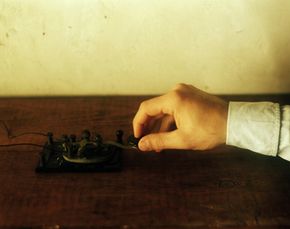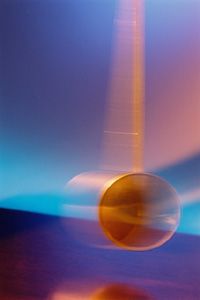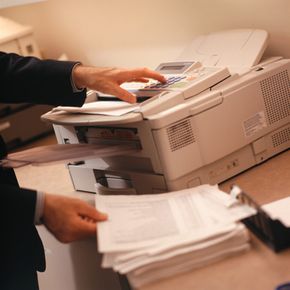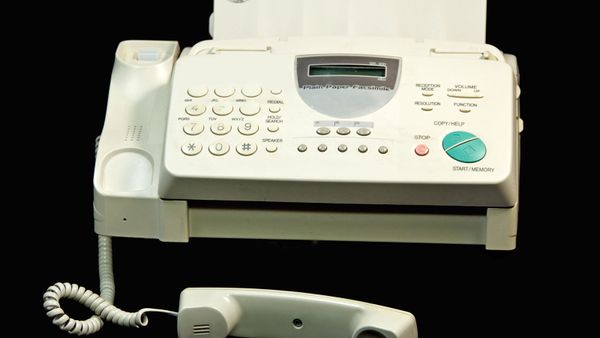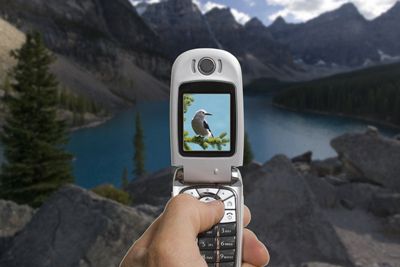The fax machine was once the center of modern office technology — spitting out reams of documents and connecting people all over the world. Despite technological advances, fax machines continue to have a place in offices. But when was the fax machine invented?
The fax machine concept dates back more than a hundred years. The technology has been in place for almost as long and was heavily influenced by another technology of the day — telegraph machines, the first technology that allowed humans to send information long distances instantly via electrical wires.
Advertisement
In 1947, the first modern fax machine was invented. Fax machine technology advanced through the 1950s and 1960s, and in 1964, the Xerox Corporation introduced a commercial fax machine. The 1970s and 1980s were the golden age of fax machines. Even though they became less popular as people moved away from landlines, fax machine history didn't end at the turn of the new millennium. Modern-day fax machines that use an internet connection arrived in 2010.

